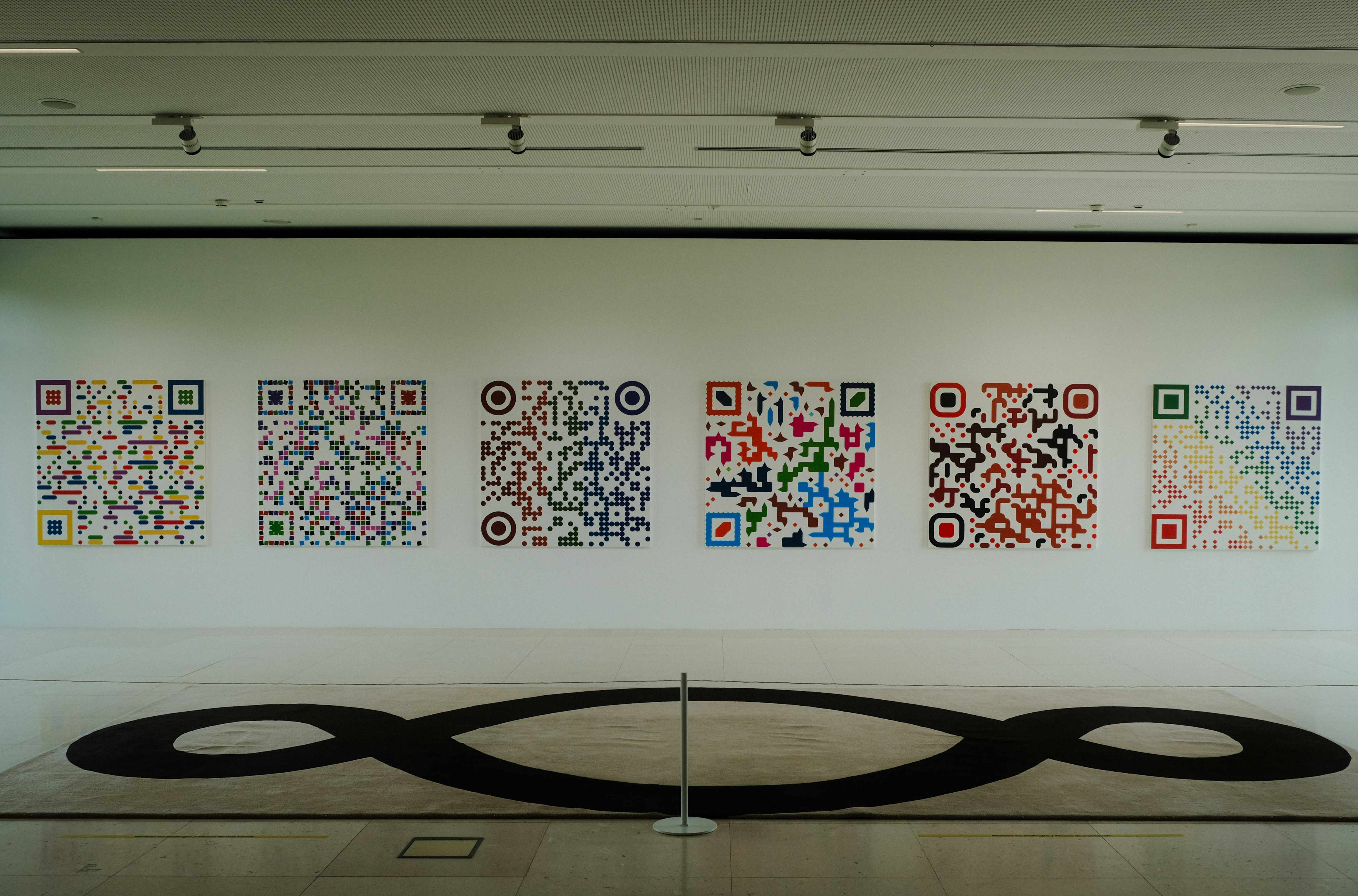Digital Spaces: The New Frontier for Performance Art
In an era where digital spaces are becoming the norm, the performance art industry is evolving. Artists are stepping out of physical theaters into the infinite possibilities of the digital world. Performance art has always been reliant on physical spaces - from grand theaters to intimate street corners, these locales have provided the canvas for artists to weave their magic. But in recent years, a new form of canvas has emerged, propelling performance art into the digital domain. It's a shift that began in the early 2000s, with the rise of digital art installations and interactive exhibitions.

The Digital Shift
The shift to digital spaces has been accelerated by the global pandemic. With theaters and art spaces shut down worldwide, artists have been forced to explore new ways to connect with their audiences. Virtual performances, digital installations, and online exhibitions have filled the void, highlighting the potential of digital spaces for performance art.
The Impact of Digital Spaces
Digital spaces offer endless possibilities for performance art. They allow for interactive performances that can be tailored to the individual viewer, making each experience unique. They can reach a global audience, breaking down geographical barriers. And they can be accessed at any time, allowing viewers to engage with the art at their own pace. But perhaps most importantly, digital spaces allow for a level of creativity and innovation that is not possible in physical spaces. Artists can manipulate their digital environment in ways that would be impossible in the real world, opening up new avenues for artistic expression.
Challenges and Opportunities
While the shift to digital spaces offers many opportunities, it also presents challenges. The lack of physicality can make performances feel less immersive and the potential for technical issues can disrupt the viewing experience. However, these challenges also present opportunities for innovation. Artists are experimenting with virtual reality, augmented reality, and other technologies to enhance the digital performance experience.
The Future of Performance Art
As we move further into the digital age, the future of performance art looks increasingly virtual. Digital spaces will continue to reshape the industry, pushing the boundaries of what is possible and challenging our understanding of performance art.
In conclusion, the shift to digital spaces is not just a temporary solution to a global pandemic, but a revolution in the performance art industry. It’s a shift that is pushing artists to innovate, to experiment, and to redefine what performance art can be. It’s a brave new world, and one that promises to take performance art to exciting new heights.



